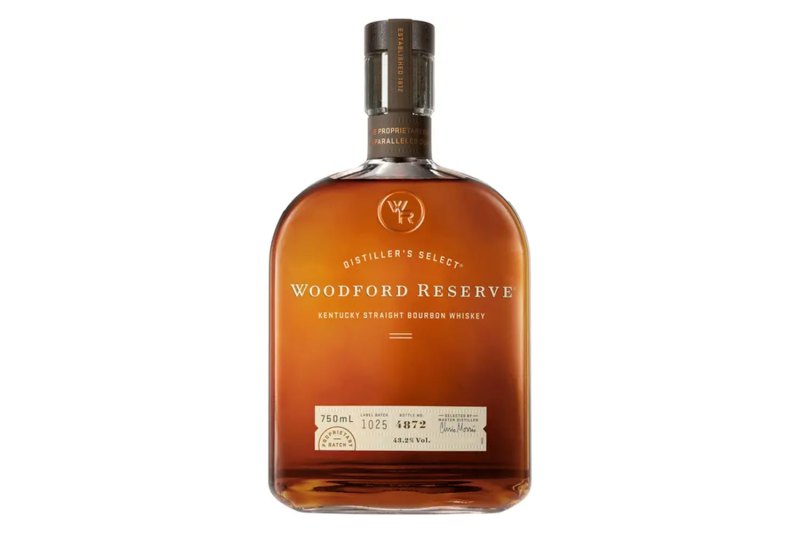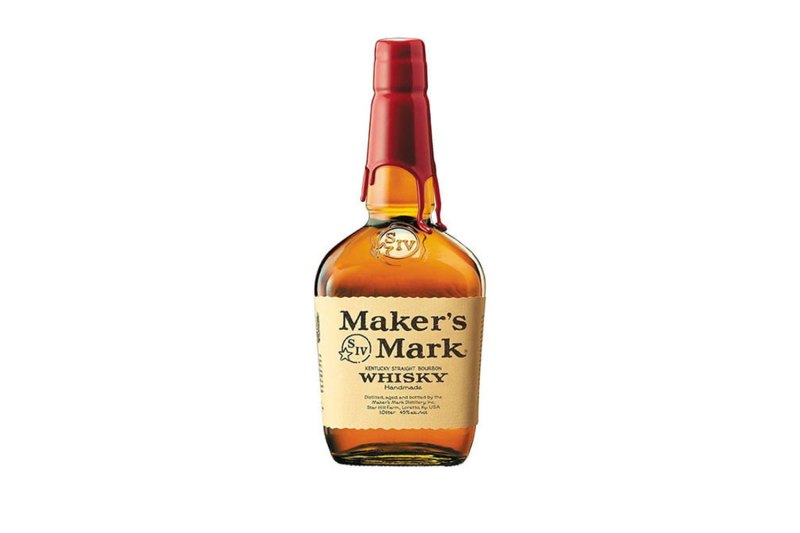Bourbon, like all types of whisk(e)y can feel intimidating to the novice drinker. Even with its heart in Kentucky, there seems to be countless noteworthy brands from Louisville to Los Angeles. It’s enough to make you grab the first eye-catching bottle you see at your local liquor store and call it good. But, if you do that, you might get lucky and find your new go-to whiskey, or you might end up with something that turns you off from bourbon completely. You wouldn’t want that.
Finding your way in the bourbon world doesn’t come easy. I’ve been writing about alcohol for nearly two decades and it took me a while to learn about America’s “native spirit” and find the brands and expressions that would find permanent spots on my home bar.
But you don’t have two decades to learn the rules of bourbon while tasting hundreds of bottles and visiting countless distilleries. Luckily for you, Frederic Yarm, USBG bartender at the C-Side Bar in Cambridge, Massachusetts and a former whiskey brand ambassador for Angel’s Envy is ready to help you on your bourbon journey.







Basil Hayden
"Jim Beam makes a wide variety of bourbons, and Basil Hayden is one of the lighter and more approachable ones in their stable thus making it a good starting point. While I find that it is a bit too smooth to make a notable Old Fashioned with, it is a great whiskey to enjoy on its own and perhaps accompanied by relaxing music. The rye spice and caramel, vanilla, and toffee notes from the reasonably long estimated 8-year barrel aging are all in harmony here in an alluring way."


Woodford Reserve
"Woodford is another great entry bourbon that I do not grow tired of and is on the opposite end of Basil Hayden in many ways. The distillery blends heavier bodied pot still-derived whiskey in with the lighter column still spirits that are the industry standard, and they utilize heat cycles in the aging warehouses to accelerate seasonal barrel expansions and contractions to derive more flavor from the barrels. As a result, it feels substantial and deep with dark fruit and brown sugar-maple notes. While Basil Hayden was my after doing the books in a shut down and now quiet bar dram, Woodford holds up while sitting at a busy bar at full chatter."


Maker’s Mark
"The rules of bourbon are that the grain has to be 51% or more corn and often malted barley is used for its enzymes to break down starches into fermentable sugars. Distilleries generally add a third grain that is often rye for its great contribution of spice to complement the sweeter aspect of corn. However, there is a long history of using wheat as the third grain for its roundness and softness. Maker’s Mark is a fine example of this style in a very accessible way. The barrel contributes lots of caramel notes with charred wood spice, and floral and fruity notes flow in and out from the fermentation process. Great for both sipping and cocktails, especially given the price point."


Buffalo Trace
"Both Buffalo Trace and Eagle Rare are great bourbons from the same distillery with Eagle Rare being slightly older and more refined. A lower rye content than Woodford and Basil Hayden, so there will be less grain-derived spice (but still more than Maker’s Mark). Orange-apricot, honey, and leather notes make both of these rather balanced whiskeys very approachable."

Russell’s Reserve 10 Year
"Wild Turkey is a well-respected distillery best known for its fiery 101° bourbon that often graces my shelves at home for Old Fashioneds or pairing alongside beer in a Boiler Maker; however, I feel that it is a bit too aggressive for beginning drinkers on its own. Their Russell’s Reserve 10 Year is at a lower proof, longer aged, and more gentle profile which makes for a great sipper and an excellent introduction to the distillery now run by three generations of Russell family members. At 10 years, coconut flavors from the barrel start to enter in with a medley of red dried fruit, licorice, and tobacco accents to complement the rye spice."

Four Roses Small Batch
"Four Roses is a superb way to learn about yeast contributions since they use five different strains to assemble their standard Yellow Label (which is definitely worth stocking at home). The Small Batch has a bit more character from longer aging and slightly higher proof than the Yellow Label but only uses two of the five strains. Think orchard fruits, spice, and vanilla here. To study the yeast’s effects even further, the distillery offers single barrel bottlings of each of their strains."

Old Grand-Dad Bonded
"Old Grand-Dad Bonded is a great history lesson in a glass. While it is currently made by Jim Beam, they inherited the brand through a deal to buy a peach-tree schnapps that was big in the 1980s, and they kept the very high rye recipe the same. This old brand pays tribute to the same Basil Hayden mentioned above and created by his grandson in the 1880s (the Basil Hayden Bourbon in their portfolio has no direct family connection). Like the Goldilocks story, this whiskey comes in three proofs with the 80° being too flabby for my tastes and the 114° being rather aggressive; the 100° is perfect and a great nod to the Bottled in Bond Act that assured whiskey purity starting in the late 1890s. Think cinnamon and other baking spices, caramel, and dark fruit all at an affordable price."

Rabbit Hole Dareringer
"To fully gain a picture of what Bourbon can become, finished bourbons are worth a try. The category was legalized by Angel’s Envy in 2010 where they got around the no additives in bourbon part of the law by creating the expression “bourbon finished in a [secondary] barrel” (thus, no longer bourbon proper as it has touched wood that was anything other than a new charred oak container, but still retaining the right to declare its bourbon base). Rabbit Hole is a newer distillery that opened in downtown Louisville, and their Dareringer’s use of casks that once held sweet raisin-like Pedro Ximenez sherry to add additional notes to the spirit makes for a fine special moments and dessert whiskey."

Best bourbons for beginners
Before you choose a bourbon, its important to have a little background on beginning your bourbon experience.
“Taste a lot of bourbons and learn about the different distilleries’ styles,” says Yarm.
“Figure out which of their offerings fit your preferred palate for sipping whiskeys, which will make great cocktails, and which can do both.”
He says you should also think about bourbons for mood. He has favorite smooth bourbons for winding down, “angry” bourbons with a little more bite to the, every day drinking bourbons, and special moment bourbons for sharing with friends and family.
He adds, “Understand that your tastes will change over time and with experience, and do not necessarily fall bourbons with a lot of hype and big price tags (unless money is not an issue for you).”








